Home / Albums / Tag Stringed instrument 69

 Holding the bow
Holding the bow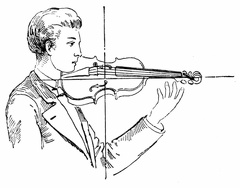 Position of the left hand and the left arm
Position of the left hand and the left arm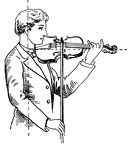 Bowing
Bowing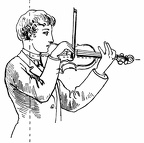 Bowing
Bowing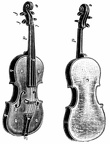 Constituent parts of the violin - Exterior
Constituent parts of the violin - Exterior Rabab
Rabab Raba—Indian violin
Raba—Indian violin Constituent parts of the bow
Constituent parts of the bow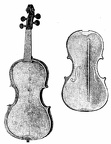 Constituent parts of the violin - Interior
Constituent parts of the violin - Interior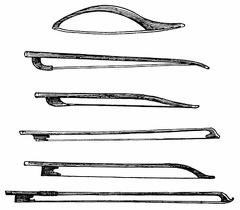 The bow
The bow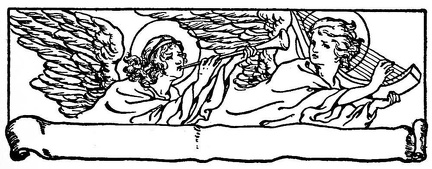 Two angels
Two angels 1800 2
1800 2 Harp
Harp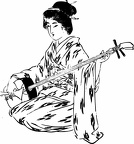 The samisen
The samisen The Koto
The Koto Queen Mary's Harp
Queen Mary's Harp Lamont Harp
Lamont Harp A juggler, after a miniature
A juggler, after a miniature Saw Ou
Saw Ou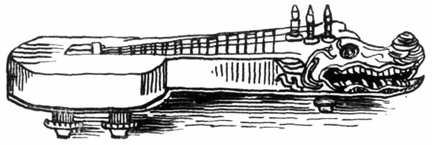 Ta'khay, or Alligator
Ta'khay, or Alligator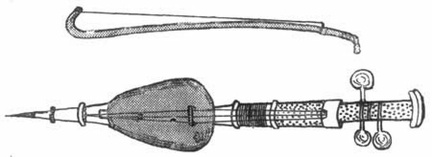 Saw Tai
Saw Tai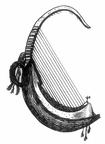 The Burmese Soung
The Burmese Soung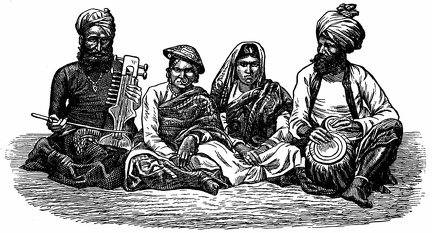 Hindu Dancing girls and Musicians
Hindu Dancing girls and Musicians Group of Western Lyres
Group of Western Lyres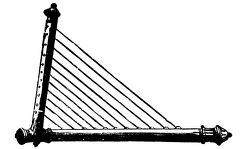 Triangular Musical instrument from Herculaneum
Triangular Musical instrument from Herculaneum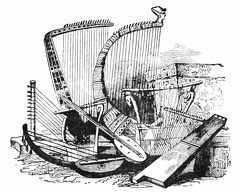 Group of Harps and other musical instruments
Group of Harps and other musical instruments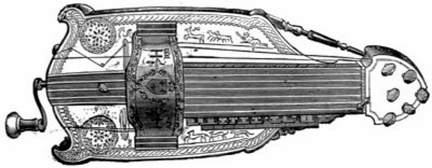 Vielle
Vielle Viola da gamba
Viola da gamba German fiddle, ninth century
German fiddle, ninth century Anglo-saxon fiddle
Anglo-saxon fiddle The French Crout
The French Crout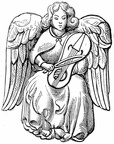 The old English 'crowd'
The old English 'crowd' The Crwth
The Crwth Irish Rotta
Irish Rotta Rotta
Rotta German rotte
German rotte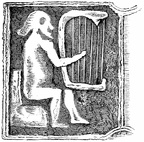 Ancient Irish harp
Ancient Irish harp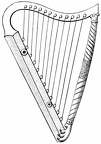 Harp, ninth century
Harp, ninth century Anglo-saxon harp
Anglo-saxon harp Citole
Citole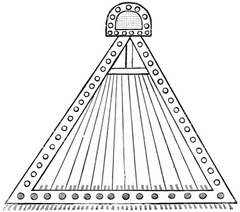 Psalterium
Psalterium The rebab
The rebab Persian dulcimer
Persian dulcimer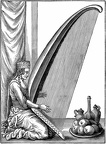 Turkish harp
Turkish harp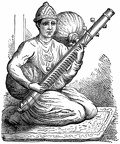 Hindustan, vina
Hindustan, vina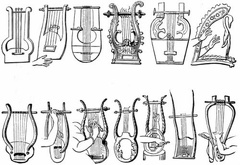 Greek Lyres
Greek Lyres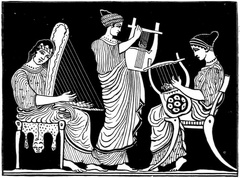 Grecian harp and lyre
Grecian harp and lyre A Niam-niam minstrel
A Niam-niam minstrel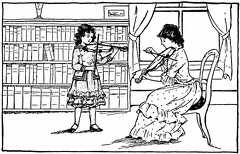 Maud Powell
Maud Powell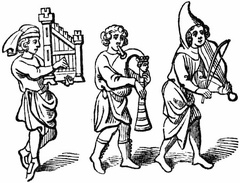 A Band of Minstrels
A Band of Minstrels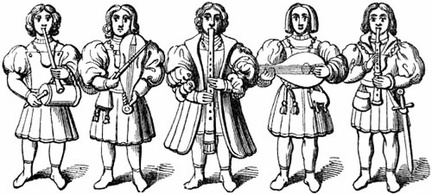 The Beverley Minstrels
The Beverley Minstrels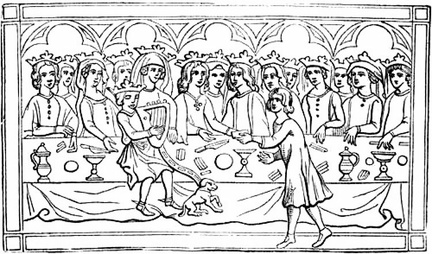 Royal Harper
Royal Harper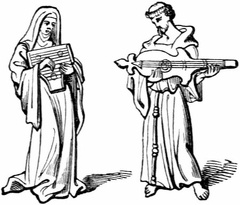 Nun and Friar with Musical Instruments
Nun and Friar with Musical Instruments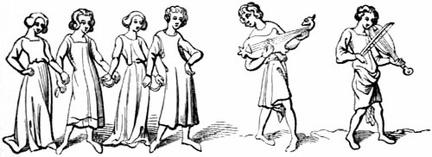 Mediæval Dance
Mediæval Dance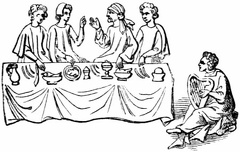 Harper
Harper How to hold the Cello bow
How to hold the Cello bow How to hold the Cello
How to hold the Cello Barbiton
Barbiton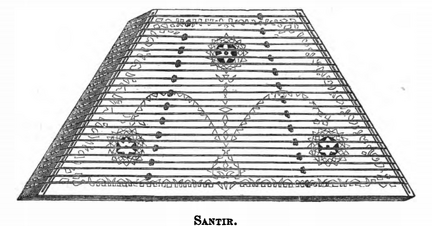 Santir
Santir Rebab Esh-Sha'er
Rebab Esh-Sha'er



